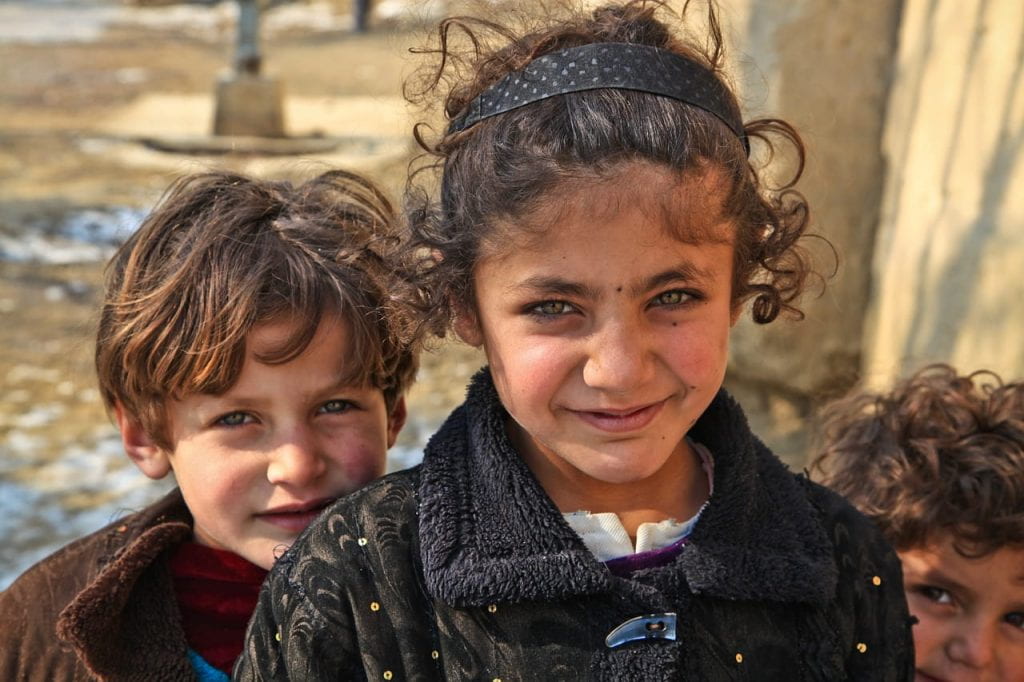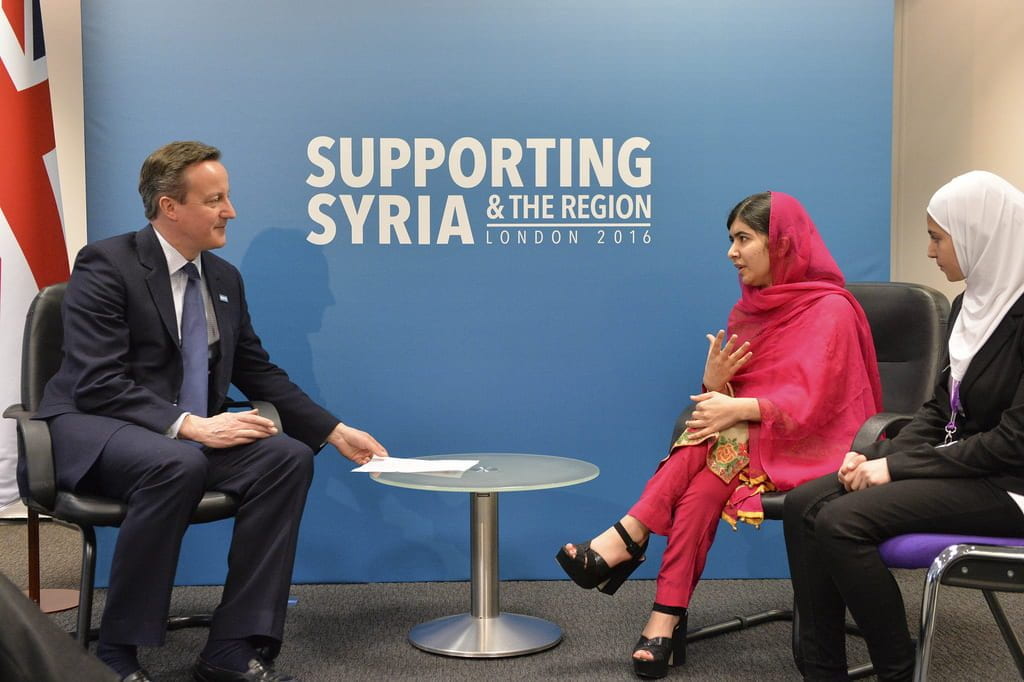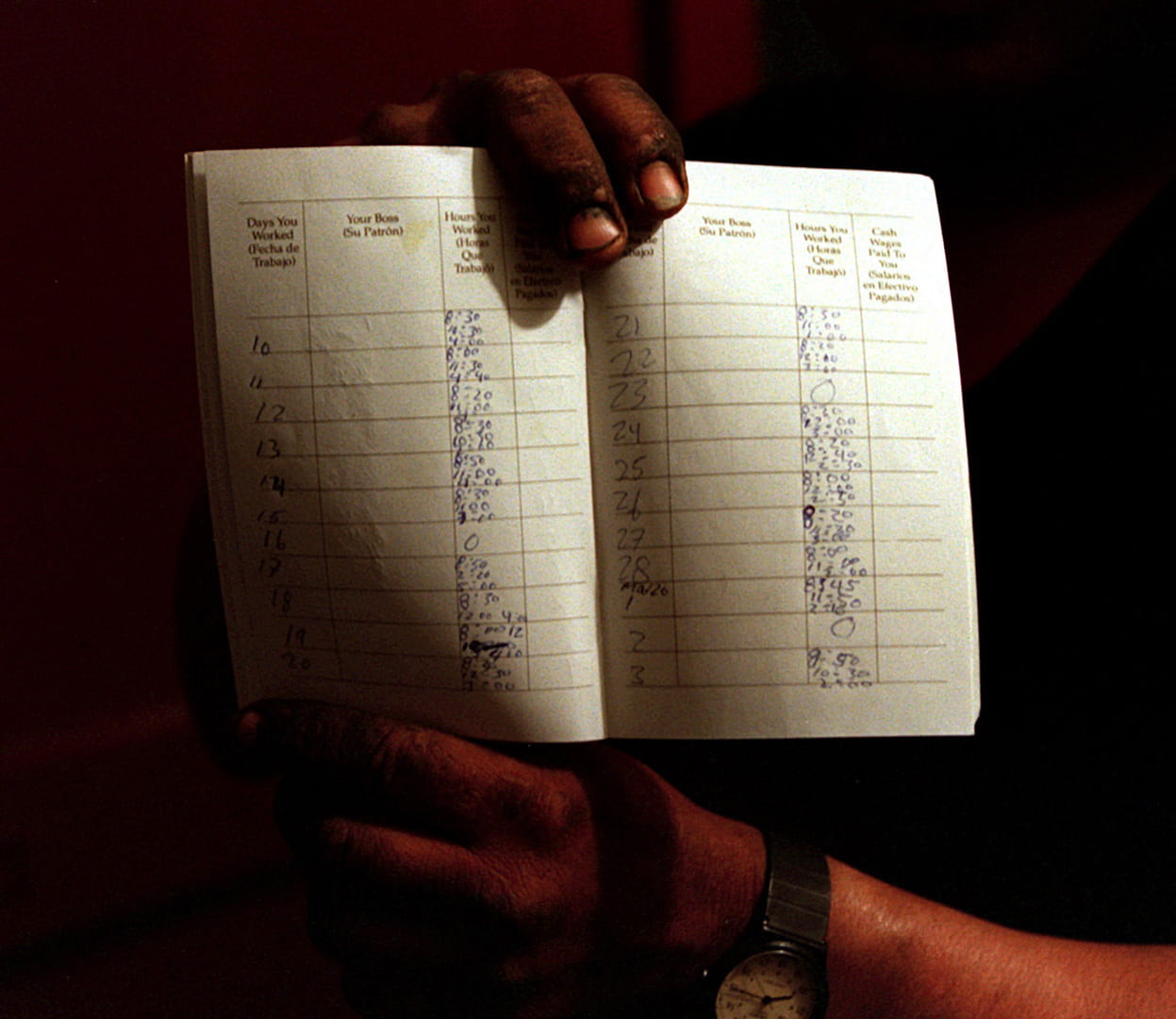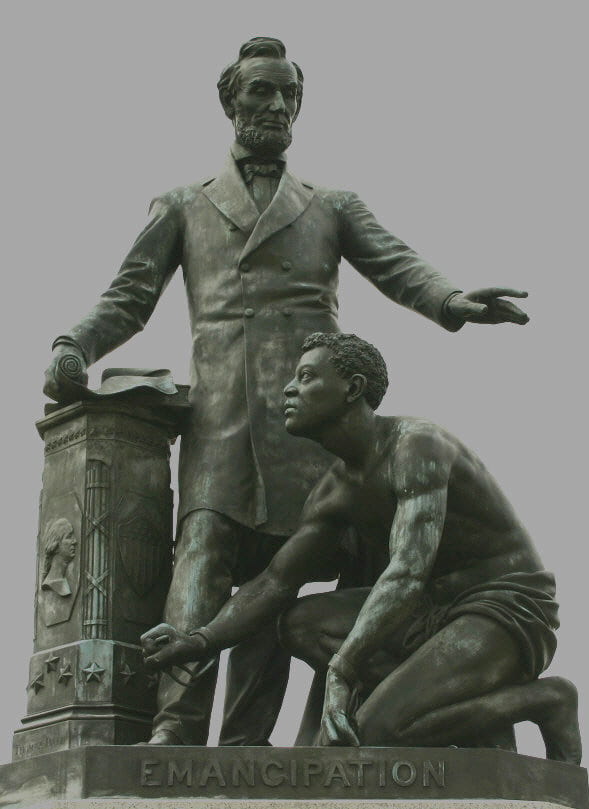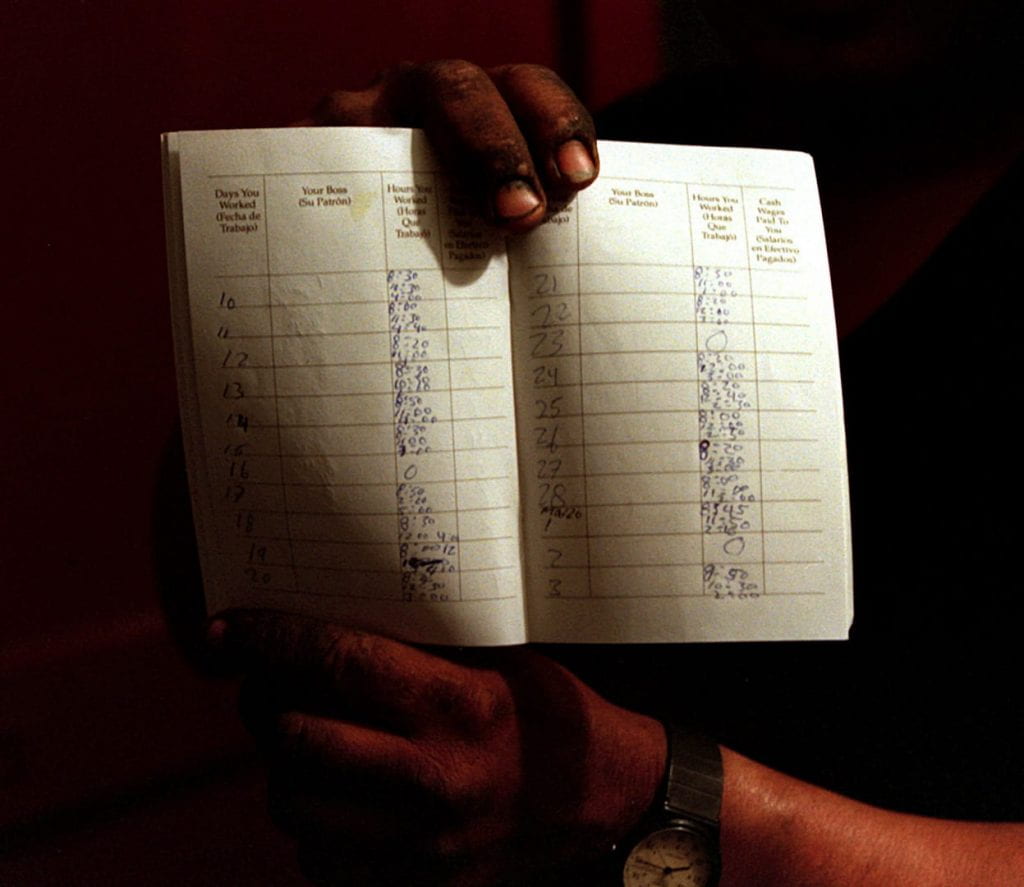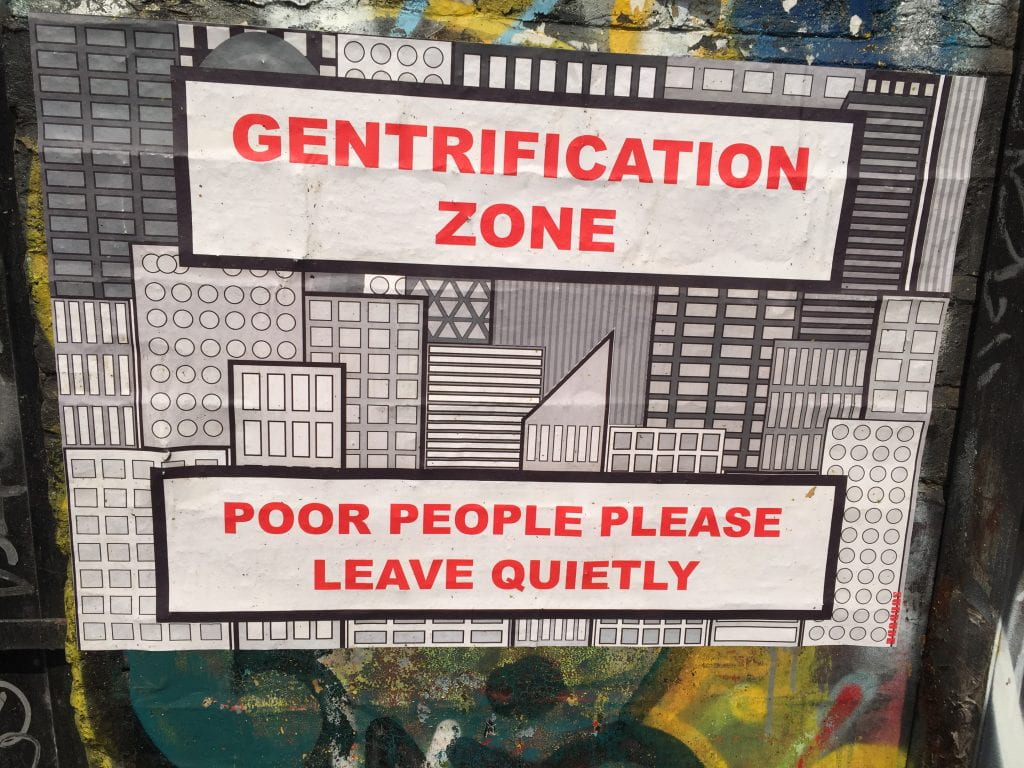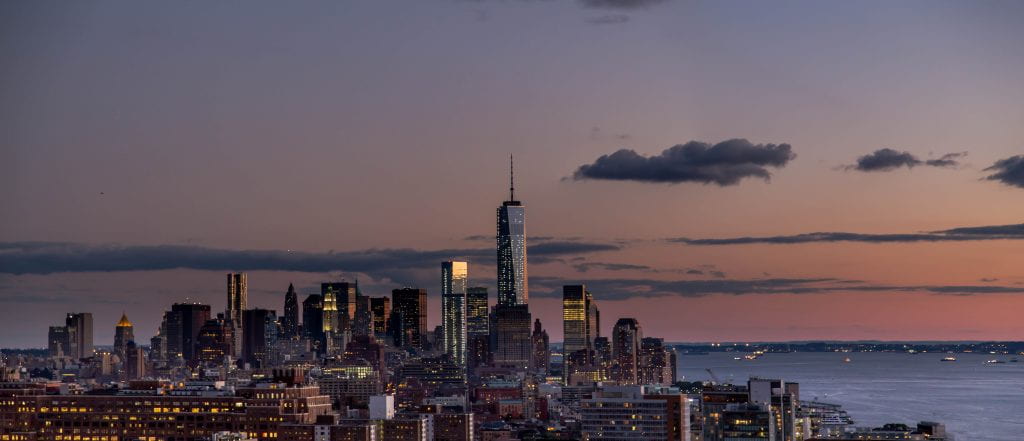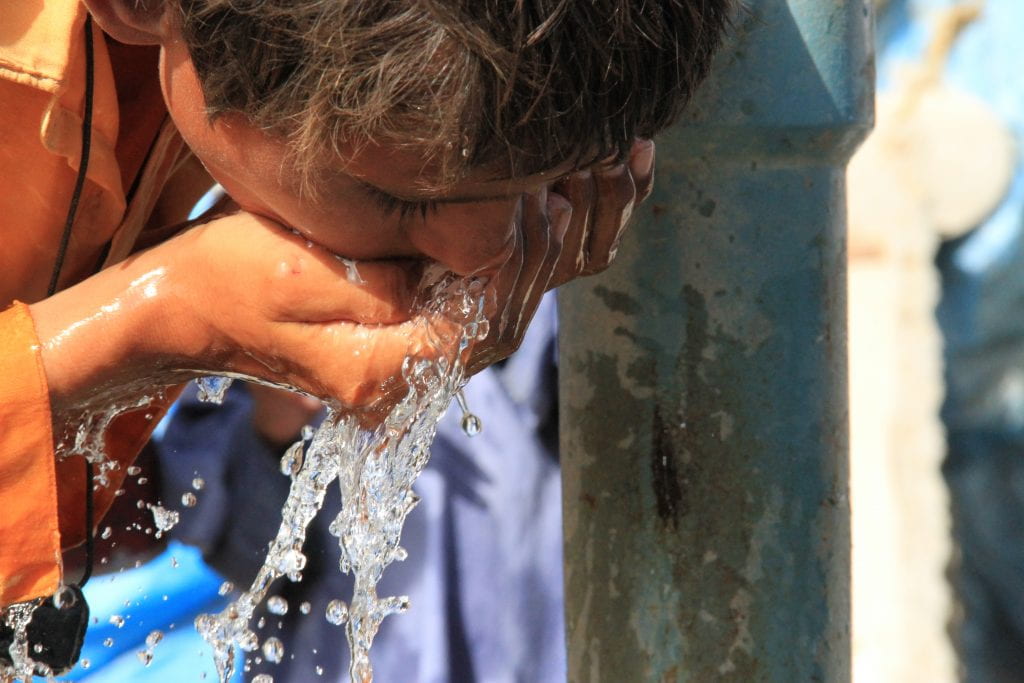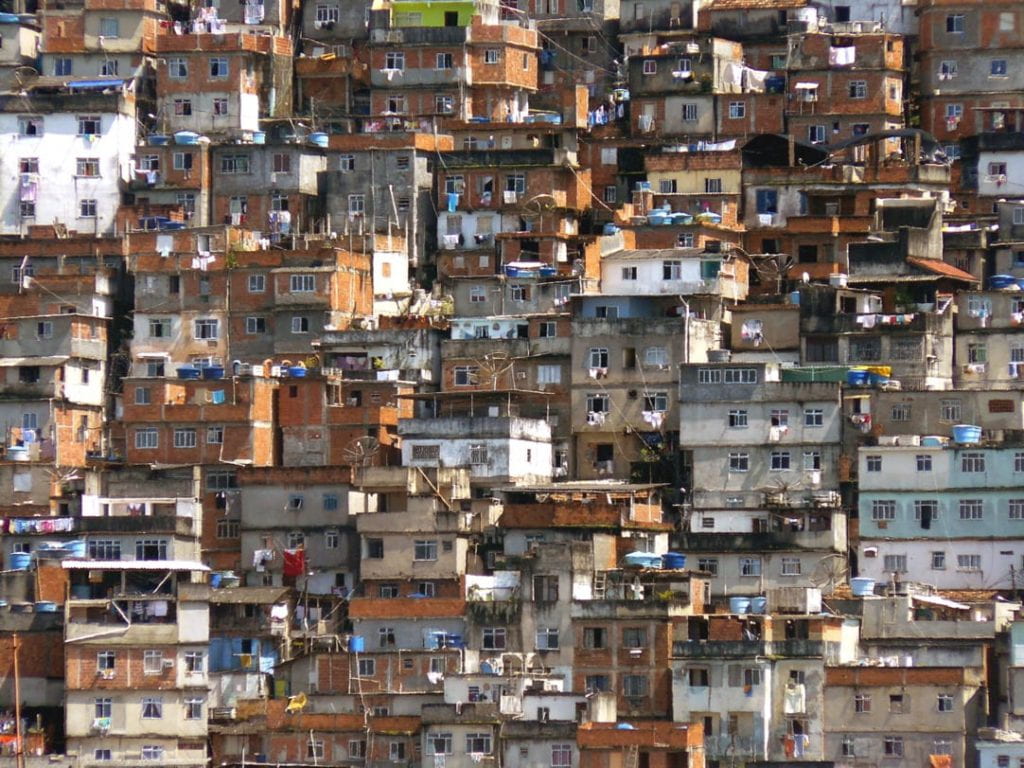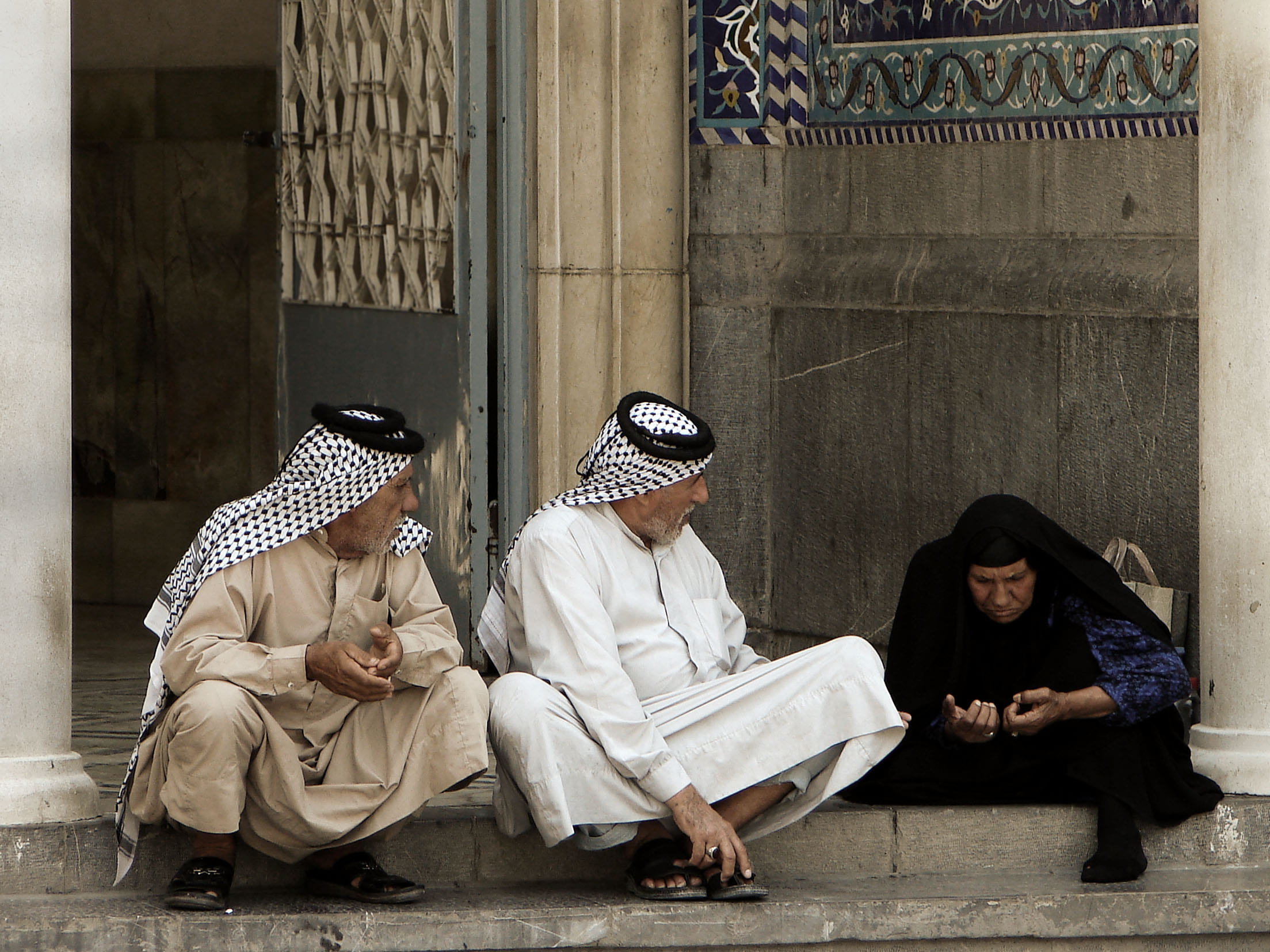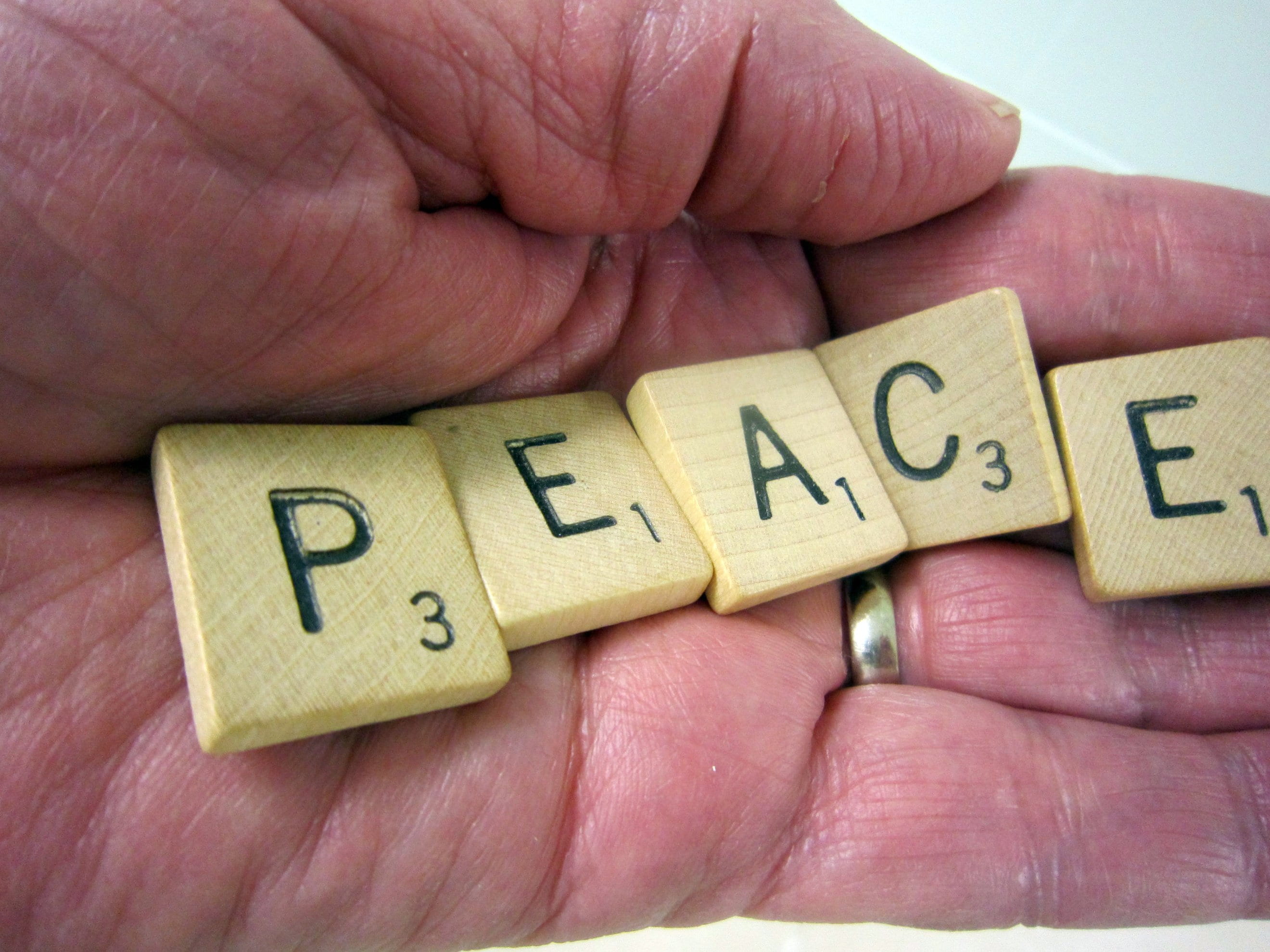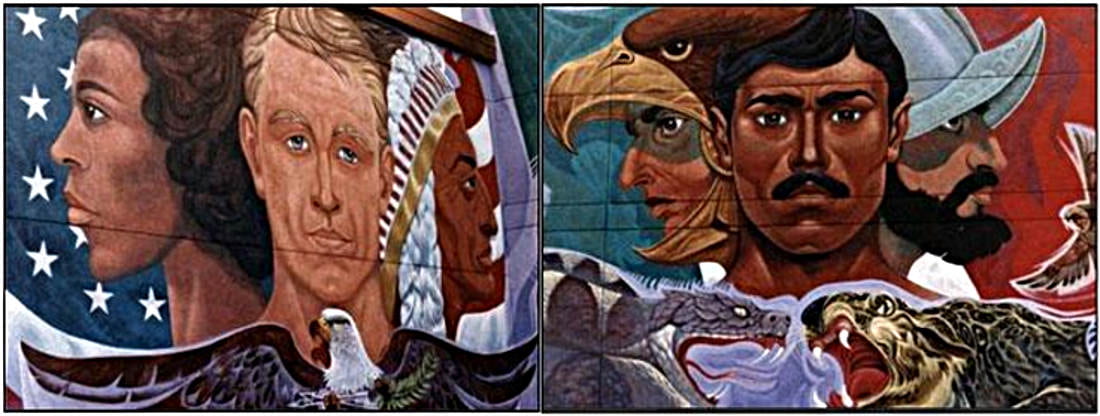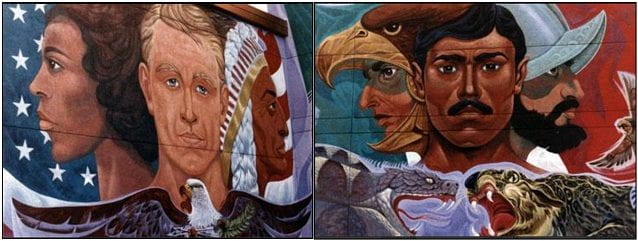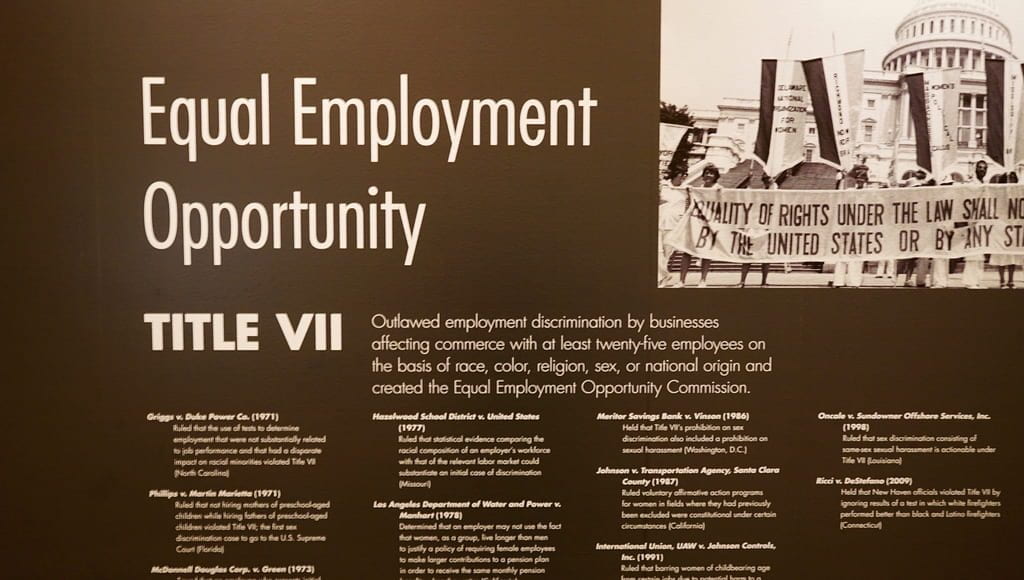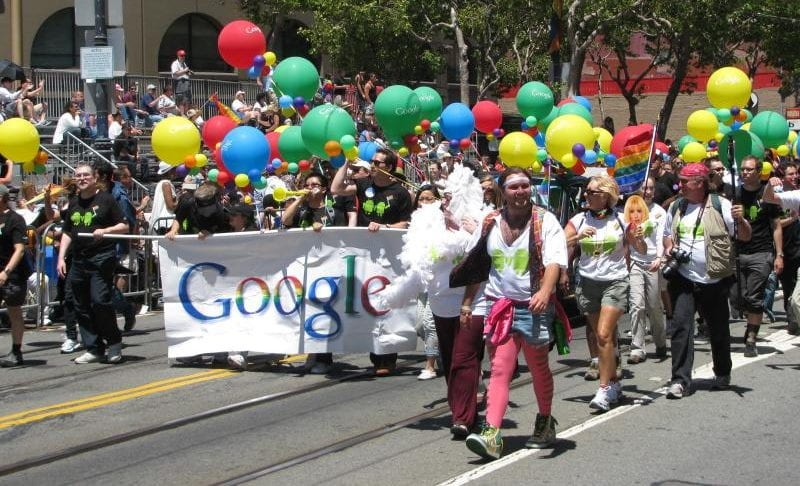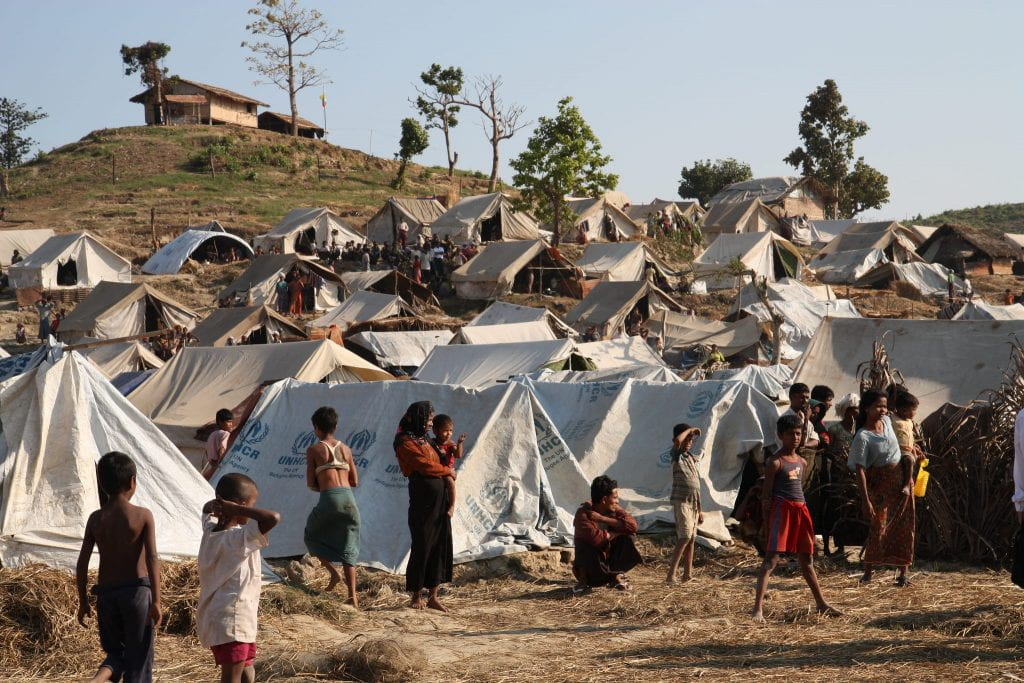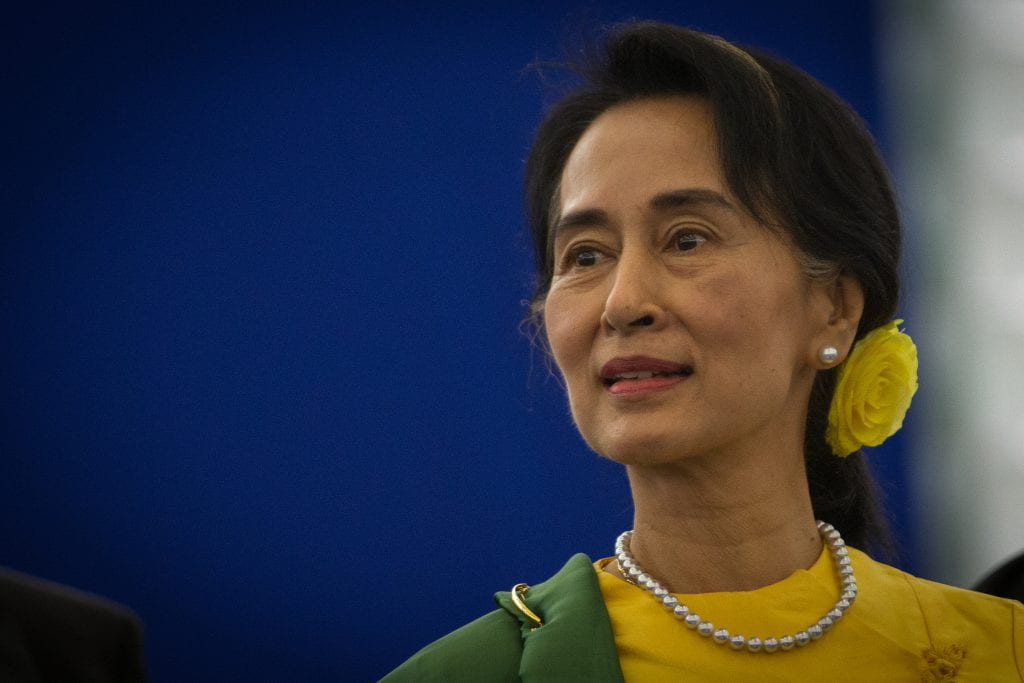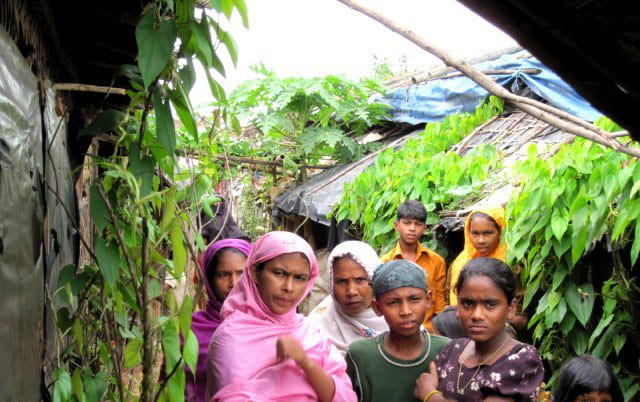
*** In honor of Dr. Martin Luther King, Jr.’s birthday, we will repost the blogs from August in which writers looked at his legacy and words to see if the words he spoke and life he lived find application in society today.
Spiritual power is real. When confronted with the imminent threat of violence during his (and many others’) campaign for equal civil rights for black Americans, Dr. Martin Luther King, Jr. unequivocally stated, “We shall match your capacity to inflict suffering by our capacity to endure suffering. We will meet your physical force with soul-force. Do to us what you will, and we will still love you.” (Ansbro, 1982). How does an indomitable ethic of nonviolence like King’s develop? How did his tactics inspire his followers in the pursuit of equal rights? In addition, how does nonviolence fit in a modern strategy for social change? This post explores these questions.
The Existentialism of King: An Agent’s Choice to Fight for Freedom
King’s personal existential philosophy, interpretation of agape, and radical devotion to the teachings of Christ all paint a clear picture of a personal belief system impelled to fight for freedom and equality. Underlying these three central tenets to King’s moral code, the teachings of existentialist thought is particularly fascinating and underappreciated to laypersons with a vested interest in the teachings of King. While research for King’s devotion to the Christian church is extensive, his critique and praise of existentialist philosophers as far back as his doctoral dissertation at Boston University’s School of Theology has not received nearly as much attention. When considering his theory of nonviolence, the moral and philosophical building blocks upon which he constructed his tactics and theory of civil resistance find their intellectual seeds in the writings of Nietzsche, Kierkegaard, Heidegger, and other existential philosophers. This intellectual genealogy is especially apparent in his definition of freedom, his emphasis on an agent’s choice to actively pursue freedom, and the inter- and intrapersonal benefits to be gained from the pursuit of freedom in an agent’s lifetime. Instead of ‘person’, ‘individual’, etc., the term ‘agent’ is used in this section to denote the verbiage used in existential philosophy, though King often used the term ‘man’, ‘mankind’, and the like. ‘Agent’ specifically relates to the role of freewill / agency, a cornerstone of existentialist philosophy.
King understood the intrinsic link between individualism (the concept of self-differentiation from a social group, order, and / or hierarchy) and the pursuit of freedom. This a fundamental part of King’s theory of nonviolence: the mere act of speaking out and / or behaviorally resisting structures of power meant to suppress an agent’s rights and liberties is a declaration of an agent’s individuality against a collective’s power. Although the existentialists proposed oftentimes contradictory viewpoints on the role of religion and God in this endeavor (e.g. Nietzsche and his rejection of any form of higher power, Kierkegaard’s emphasis on an agent’s commitment to God, etc.), King obviously drew philosophical inspiration from his theological studies and unwavering commitment to the Christian doctrine of faith. Throughout the Christian Bible, true followers of Christ are described as making a deeply personal and individual choice to commit their lives (both spiritual and physical lives- this dualism is characteristic of Christian theology as well) to the teachings of Christ. King believed (as the existentialists before him) an agent must individually choose to pursue freedom without interference from an external influence. In this sense, freedom is not ‘given’; it is earned. This bold separation from and then condemnation of unfair power structures (such as institutional racism) is a testament to the power of an agent’s choice- rebuking social influence (this rebuke Nietzsche proclaims is the ‘highest form of individualism’).
King reiterated the stakes of the pursuit, specifically once an agent makes the choice to pursue freedom actively, famously stating:
“I can’t promise you that it won’t get you beaten. I can’t promise you that it won’t get your home bombed. I can’t promise you won’t get scarred up a bit- but we must stand up for what is right. If you haven’t discovered something that is worth dying for, you haven’t found anything worth living for.”
This awareness of and commitment to the ultimate price for the pursuit of freedom, death, is reminiscent of Heidegger’s proposed relationship between a moral agent and death in The Courage To Be. According to Heidegger, death arising from conflict between an agent and the world around him or her is an achievement of authentic existence. Authenticity is another cornerstone of existential philosophy. King, alongside Heidegger, believed death arising from the pursuit of freedom is one of the greatest forms of meaning an agent can achieve. This orientation towards death frees an agent to pursue the cause of freedom from repression without fear of losing his or her life in the process. The unshackling of fear (the fear of death and suffering) arising from this dedication to the cause of nonviolent resistance is, in many ways, a direct metaphor for the very shackles eschewed by King’s followers during the civil rights movement.

The Futility of Violence for the World & for the Self
The quote “[h]e who fights with monsters should look to it that he himself does not become a monster. And if you gaze long into an abyss, the abyss also gazes into you”, (in)famously uttered by Nietzsche, conveniently links King’s existential philosophy with his ardent rejection of violent resistance throughout the struggle for equal rights. To ensure sustainable, ethical, and transformative social change, he proclaimed, his followers and the agents of other prosocial movements must understand the utter impracticality of violent resistance. The real meat of his theory and practice of nonviolent protest, again built on his existential philosophy and Christian beliefs, lies in his interpretation of the amorality of violence and is dressed in the observation of violence as, albeit shocking and ionizing, a tactically inferior method to institutionalize long-lasting, meaningful equality in any given culture.
Before exploring King’s refutations of violent protest, an operational definition of his nonviolent civil resistance is necessary. When King constructed his theory of nonviolent civil resistance, he first drew inspiration from the Greek form of love, agape. This is a general goodwill towards all men (similar to Kant’s categorical imperative), and in the words of King himself: “…affirms the other unconditionally. It is agape that suffers and forgives. It seeks the personal fulfillment of the other.” (Ansbro, 1982). Using this love-force as a fundamental building block, King espoused civil resistance and protest must seek to benefit society as a whole, not merely one faction or group. He believed racism perverted the soul of a racist person just as it led to violence against a victim; in this way, the eradication of racism (and racist policies) would benefit society as a whole, not just the subjugated race. Nonviolent protest grew from a form of love (agape), and required the user to respect the fundamental personhood of their ‘enemies’ (in the case of civil rights, the enemy is a racist people). This absolute respect of personhood forbade the protester from willfully engaging in violent behavior. Violence committed against a counter-protester is violence committed to all of humanity.
Taking his cue from Gandhi’s “Satyagraha” concept, King believed a revolutionary movement, such as the pursuit of ethnic / racial equality in the United States and beyond, could not base itself on the permission of its fighters to act violently. Concerning the larger world outside his resistance, King writes violence has no place in the movement for four reasons:
- Violent resistance would inspire an annihilating response from the “well-armed white majority”;
- Violent riots have historically not warranted an increase in funding for anti-poverty efforts (which he claimed is central to the eradication of racial injustice);
- Like Nietzsche’s foreboding warning, protesters become the very monster they aim to undermine and destroy should they commit acts of physical violence against structural violence;
- Violence cannot appeal to the conscious of the majority holding power over the repressed minority.
The use of violence is inherently contradictory to the message of equal rights, as messages of equality presume a social / legal system capable of handling internal conflict without need for force or domination. From a macro perspective, the use of violent force in the civil rights movement lead by King (and a clear differentiation from others’ movements, such as Malcolm X and Garvey) is a self-defeating paradox that would threaten to destroy the fight for equality both from within and without. Any attempt to solicit sympathy (an emotional response) or deconstruct the unjust power structures repressing black Americans (a practical or behavior-based response) would immediately disintegrate upon the awareness of the use of violence by Kingian civil rights activists. Again, violence is a self-defeating gambit.
On the individual level, King warned of the moral cost of violent behavior. Violence, which King believed was an aberration of God’s intended natural design, would easily desensitize the user to other acts of violence (this is the ‘best case’ scenario) or utterly corrupt the user and impel future acts of violence (this is the ‘worst case’ scenario). The destructive power of violence assaults the very spiritual self of the user, driving him or her further from the Creator (the Christian God), and twists his or her capacities of moral judgement. To King, violence was not only physical but also psychological.

A Modern Struggle for Social Equality
Taking the lessons from King’s theory,–notably the moral and tactical arguments in favor of nonviolent social change–how can peacemakers in 2017 and beyond utilize nonviolence for prosocial ends? The answer may lie in an invention of modernity, namely the evolution of information and communication technologies (ICTs). Prior to the universal dissemination and usage of ICTs, the theaters for nonviolent protests were limited to select spaces in the public sphere. The public sphere, defined as a space where persons can freely engage in the share of information and critique of social issues, has expanded far beyond its scope in the 1960s. Nonviolent protests are no longer limited to physical locales such as restaurant counters, bus stops, or streets; now, there is access to online forums. The transfer of information through technology has empowered proponents of nonviolent prosocial movements to communicate through social platforms with audiences from thousands, to millions, and even billions. Today, the directionality and power of a message anchored in nonviolent resistance and protest receives magnification whereas thorny issues continue to plague the relationship between ICTs, social movements, and the ICT users themselves.
Information overload likely threatens the point of impact of a particular movement. The inundation of internet and its users with blips and soundbites, e-signing petitions, event invitations, podcasts, and the like, the original power of prosocial movements may dilute beyond the original critical mass, that is, the potency of a message to inspire behavioral change in the receiver of the message. There is no doubt King’s nonviolent movement hit the critical mass for change; King’s role in the normalization of equal rights for black Americans is without real dispute. However, a new threat arises and threatens to subvert the power of prosocial change. The threat today is apathy. This apathy arises from too many texts, DM’s, and tweets for a reader to devote moral and cognitive energy towards every message he or she receives. Extreme diffusion of a person’s identity, characteristic of a society far too ‘plugged in’ than it knows how to handle, is an insidious problem. A user may feel morally vindicated after retweeting a ‘social justice’ message, share a Facebook post, or caption an Instagram photo, and this vindication is misplaced. What behavioral change occurs after making a post? Do tweets inspire policy change at the highest level of government? Can a Facebook status provide justice and catharsis in the same capacity King’s Freedom March did? Perhaps with enough users speaking in solidarity, utilizing true spiritual power for the betterment of their fellow man and woman. Without a physical commitment to mitigate injustice, such as the sit-ins, marches, and boycotts reminiscent of King’s movement, social justice messages may just be that: messages floating in the ether.
References: Ansbro, J. J. (1982). Martin Luther King, Jr.: Nonviolent Strategies and Tactics for Social Change. Lanham, MD: Madison
